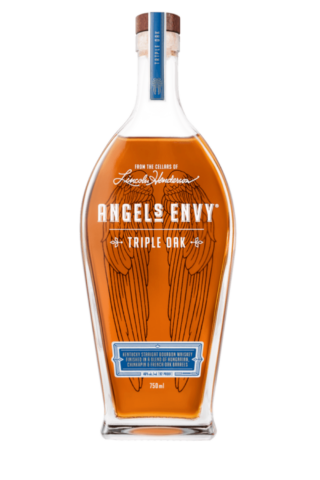-

signature summer cocktail
angel’s envy
peach smashIt’s time for a Daycap with an Angel’s Envy Peach Smash. Craft your own this summer and enjoy complimentary bottle shipping.
-

Creating
a masterpieceWe approach each spirit that we finish with a craftsman’s passion to experiment and improve.
-

Our distillery
See how we make Angel’s Envy, then taste why
Join Angel’s Envy’s online home for invitations to exclusive events,
behind-the scenes content, Q&As with experts, and more.

Angel's Envy Cocktails
Cocktails for
every occasion
Our lineup of unique bourbon whiskeys allows you to create a world of delicious cocktails.









